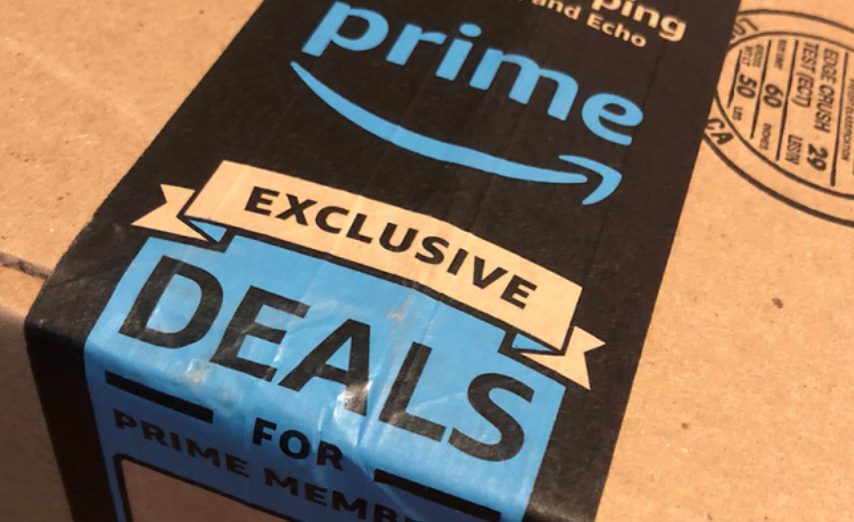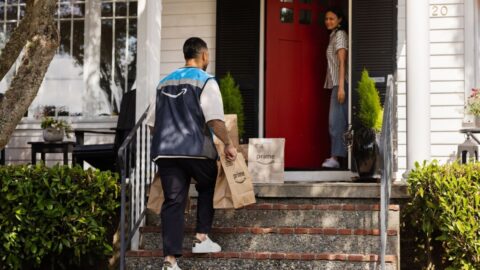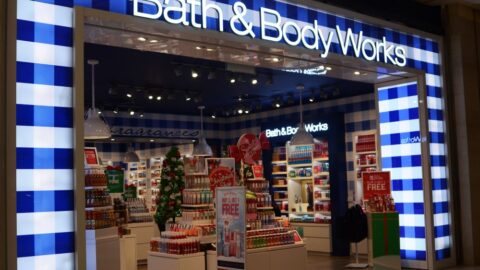Prime Day 2018 proved once again that Amazon can deliver and exceed expectations despite wrenches thrown in its direction — whether it’s a web site outage or a workers’ strike in Europe. Amazon reeled in $4.2 billion throughout the 36-hour promotion, according to an estimate from Wedbush Securities, a Wall Street financial services firm. That’s nearly 24% more than the initial $3.4 billion revenue estimates from Coresight Research and Digital Commerce 360.
The heavy promotions offered throughout the event clearly impacted total sales: As many as 40% of shoppers said they made unplanned purchases based on items on sale — more than the 31% of survey respondents that planned out purchases ahead of time, according to JDA.
Amazon Devices Bring Boon To Electronics Sales
It’s no secret that Amazon heavily pushed its Alexa-powered smart home devices as a major incentive to join Prime or make more purchases. The company revealed that its top worldwide sellers included the Fire TV Stick with Alexa Voice Remote and the Echo Dot, both of which were heavily discounted.
On Prime Day, sales of all Echo products skyrocketed to approximately 45X the average number sold per day over the last month, according to data from Edison Trends. Echo products as a percent of all Amazon items also rose significantly, from the standard 0.1% of all items to 1.7% in total.
Of the 100 million products sold during the 36-hour event, it’s safe to say that the Alexa push as well as the AmazonBasics private label brand both made a major impact on electronics sales. AmazonBasics offered 30% off on 53 items, including video game controllers, USB hubs and chargers. During Prime Day, shoppers purchased more electronics products and accessories (23% of items purchased) than any other category, beating out home and kitchen (14%) and health and beauty (11%), Edison Trends said. This is a substantial shift from the 30 days before Prime Day, when books were the most popular product category, at 14%, just ahead of health and beauty (12%) and electronics and accessories (11%).
“Amazon created their own product that convinces the consumer to come back to their web site, almost a boomerang effect to purchase more on the site,” said Natalie Kotlyar, Leader of Retail and Consumer Products at BDO in an interview with Retail TouchPoints. “When they can leverage Alexa to always listen and suggest products, inevitably a lot of these Amazon products will bring shoppers back after Prime Day is over. That’s an incredible step that Amazon took compared to the other retailers and the products they sell.”
Prime Day: A Testing Ground For Amazon’s Private Label Push
Amazon’s recent push into private label merchandise added another new element to Prime Day that may pay dividends for the e-Commerce giant down the line. Aside from offering discounts on Alexa devices and AmazonBasics, the Amazon home page highlighted deals across categories including:
- Home Services (30% off);
- Payment Products (by using an Amazon card, shoppers get 10% back on select items, 15% to 20% back on select branded items);
- Home security ($50 off);
- Furniture and Decor (30% off); and
- Fashion (highest discount level, of up to 50%).
Various estimates have pegged Amazon’s private label brands generating anywhere from 5% to 10% of total sales within the next five years. But if there was ever an opportunity to test the success level of these products for potential growth, Prime Day would be it, according to Bryan Gildenberg, Chief Knowledge Officer, Retail at Kantar Consulting.
“In the Amazon ecosystem, Prime Day is the ideal way to encourage trial of private label, because you can test and offer aggressive price points for a discrete moment in time,” said Gildenberg in an interview with Retail TouchPoints. “If the consumer’s searching in any way, shape or form, Amazon’s pretty good at getting those products in front of them. I do think Amazon is going to continue to experiment with private label…they’re going to try to earn the consumer’s trust in private label through smart marketing, and Prime Day is a great way to do that.”
Amazon Marketplace Sellers Bring In $1 Billion
SMBs selling on Amazon raked in more than $1 billion during Prime Day, so while there may have been concerns over the expenses put into promotion and fulfillment, and how that would impact margins, the traffic increase appeared to hold up the sales end of the bargain. These merchants saw sales increase 28% during the first 30 hours of Prime Day compared with last year’s event, which only ran for 30 hours, according to Skubana, an inventory management and ERP software company that aggregated data from hundreds of customers selling on Amazon.
Some brick-and-mortar businesses appear to have fared well: small, independent stores in the U.S. saw a 4% increase in revenue on Prime Day, according to Womply, a front-office software provider for SMBs. Rhode Island shops saw revenue rise as high as 43%, with big single-day revenue boosts also occurring in Maine (23%), Washington State (20%), Montana (16%) and Idaho (14%).
Unfortunately, not everyone appeared to reap the benefits of Prime Day. E-Commerce actually slowed down for smaller businesses that don’t sell on Amazon. Retailers with less than $5 million in annual revenue saw online sales drop 18% on Prime Day, suggesting that Amazon and its major competitors did end up dominating the online day, according to Adobe Analytics.













